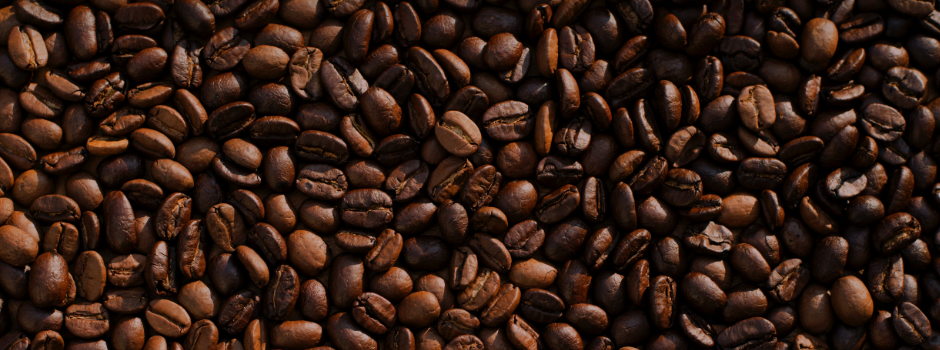The beauty of coffee is its depth, range and diversity. As discussed in our last blog, there are a number of factors that impact the flavour of your coffee, with coffee variety being one of the biggest factors at play.
There are three main coffee bean varieties - Arabica, Robusta and Liberica. Arabica and Robusta are by far the most common, with 98% of all coffee worldwide originating from these two bean varieties. Arabica is the most popular of the two, with 100’s of sub-varieties with their own distinctive flavours and aromas.
This leaves Liberica often overlooked, in part due to its difficulty to source. Accounting for the remaining 2% of commercially-produced coffee worldwide, Liberica has a complex flavour profile, incorporating rich, woody aromas. Whilst originating from Liberia in West Africa, its now cultivated in South America and Southeast Asia.
However, what are the unique qualities of these coffee bean varieties?

Arabica
By far the most popular of the three varieties, Arabica has become almost synonymous with coffee, accounting for 70% of all coffee sales around the world. With 100’s of sub-varieties with their own distinctive flavours and aromas, Arabica coffee is often sold on its own, or as part of a blended coffee.
Arabica coffee is believed to have been the first coffee ever cultivated. The earliest record of coffee being made from roasted coffee beans came from Arab scholars in Yemen. The scholars proclaimed that coffee allowed them to prolong their working hours, increasing productivity. Soon after, news of this Yemanese innovation spread throughout the Middle East, reaching the Egyptians and Turks, and later on found its way across the world.
Due to its tolerance for high altitudes and cool conditions, arabica coffee has earned the name “mountain coffee”. As a result of these high altitudes and cooler climates, the arabica species take longer to mature, taking approximately 7 years to mature fully. This prolonged maturation results in higher levels of natural sugar content and lower levels of caffeine, resulting in a sweeter, less acidic taste.
The Arabica bean is praised worldwide by coffee enthusiasts and is a staple to almost every kitchen, whether consciously or unconsciously. Its subtle flavour profile is a hit both commercially and domestically, with it being the preference of many all over the world. We see it staying as the reigning champ for years to come.
Robusta
Robusta accounts for around 25% of all commercially-produced coffee around the world, making it the second most popular coffee variety out of the three.
Robusta has its origins in central and western sub-Saharan Africa. However, nowadays, the majority of Robusta is produced in Vietnam, which accounts for over 40% of global production, making it the largest exporter of the coffee. Robusta is also popularly grown in India, Africa and Brazil, though often under the name ‘conilon’ instead.
The Robusta species is easy to maintain, has a greater crop yield, has almost double the amount of caffeine and more antioxidants, and is less susceptible to disease than Arabica coffee, making it a popular choice for farmers.
In terms of flavour and aroma, roasted Robusta beans produce a strong, bitter, full-bodied coffee, as a result of its pyrazine content, which has led people to traditionally avoid the variety. However, an exception is made for traditional Italian espresso blends, with Robusta being added to provide a powerful taste and a superior crema.
Liberica
Originating from Liberia in West Africa, the Liberica coffee plant produces larger, irregular-shaped cherries compared to Arabica plants. These cherries produce a unique flavour, said to be smoky, nutty and chocolatey.
Despite being native to Western and Central Africa, Liberica has become naturalised in other areas of the world, such as South America and Southeast Asia. In the 1890’s, the Liberica plant was transported across the world, following the die-back of Arabica plants caused by a disease known as “coffee rust”.
As a result of its scarcity, Liberica is hard to source and an expensive coffee. Despite this, if you’re able to find it, we highly suggest giving it a go. It’s unlikely to be like any coffee you’ve ever tried before.
Summary
Each coffee variety will produce its own unique flavours and aromas. If you’ve only ever tried Arabica, like most, then why not be adventurous and seek out a Robusta or Liberica blend?
Let us know your experiences and opinions @nationwidecoffee on social media.



